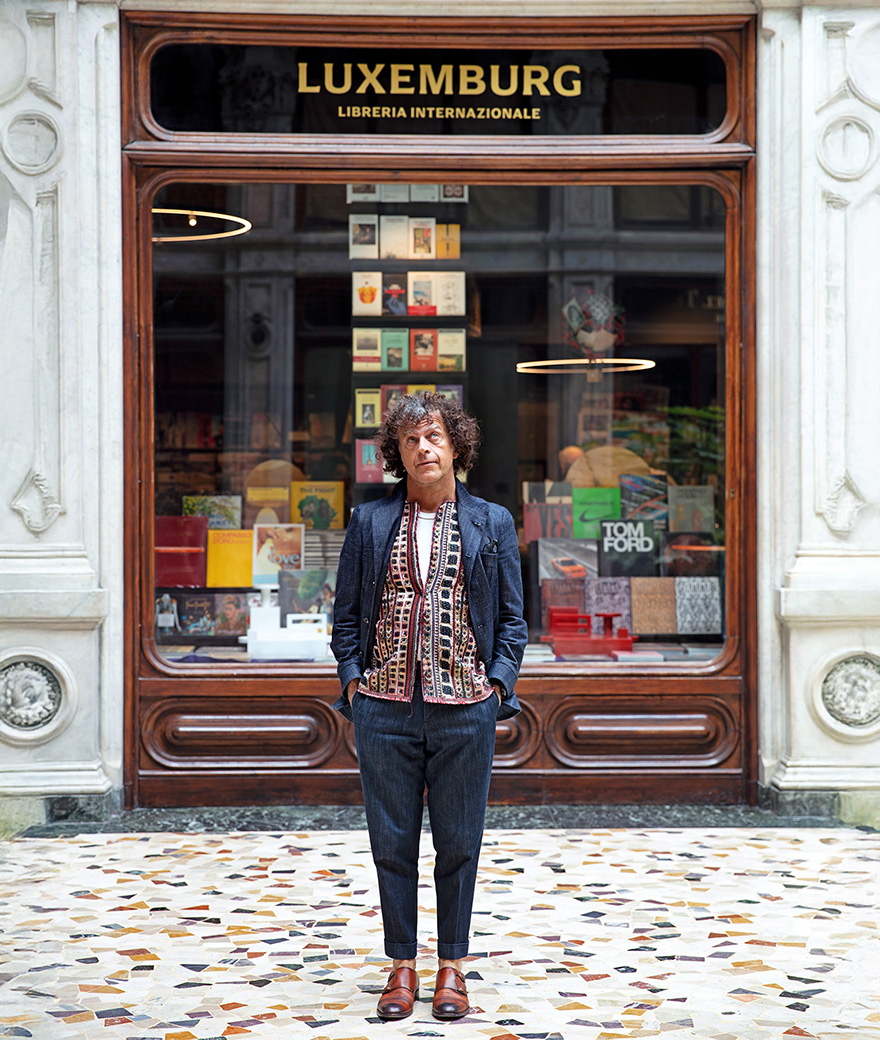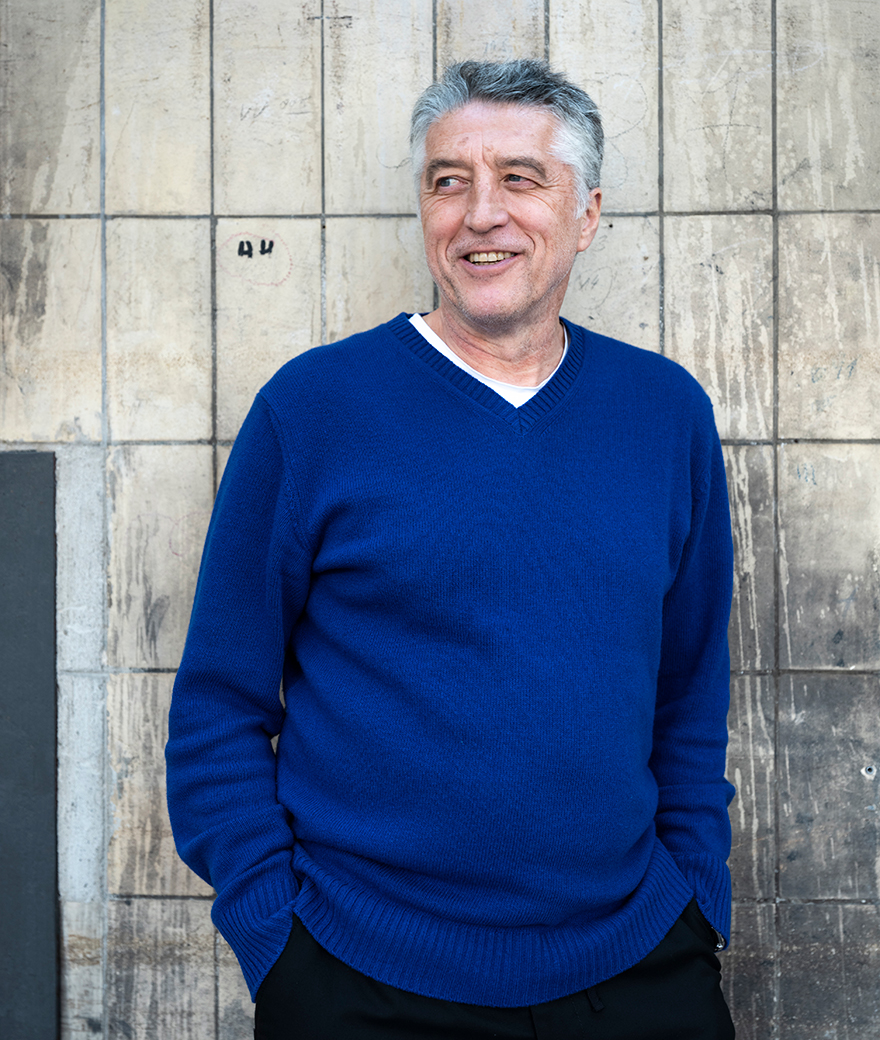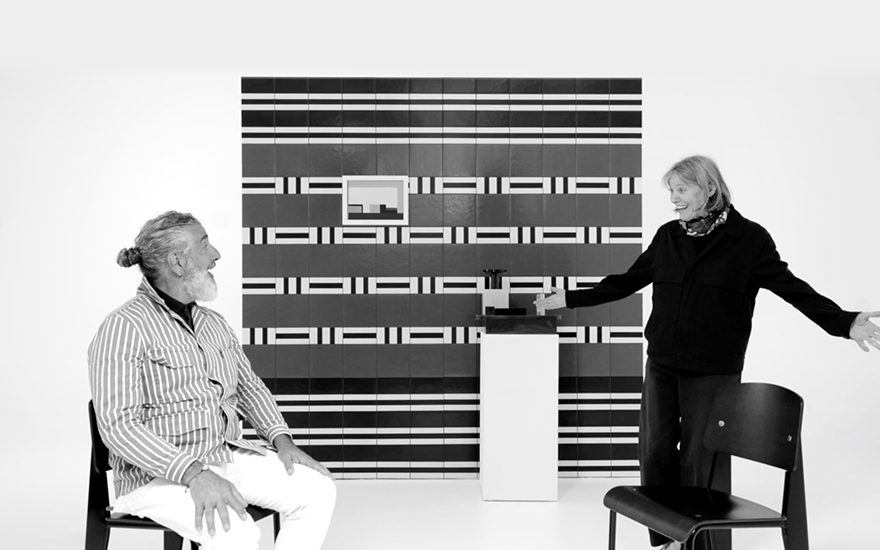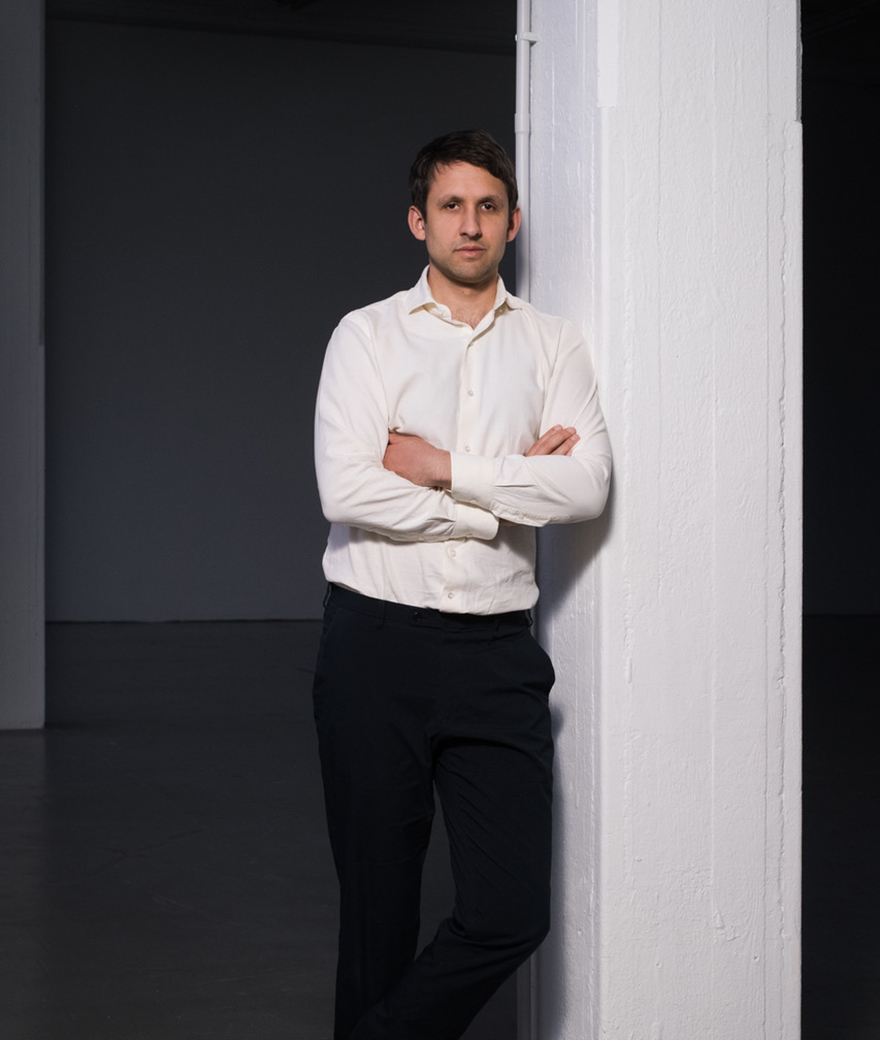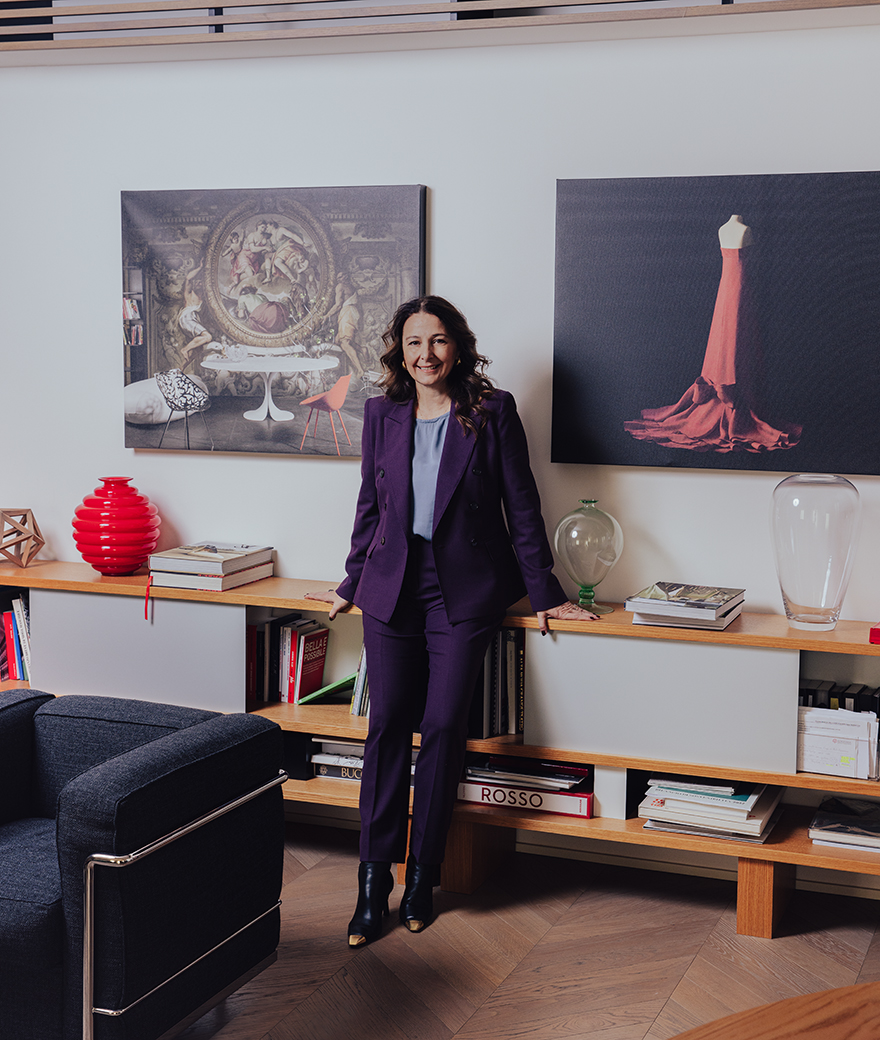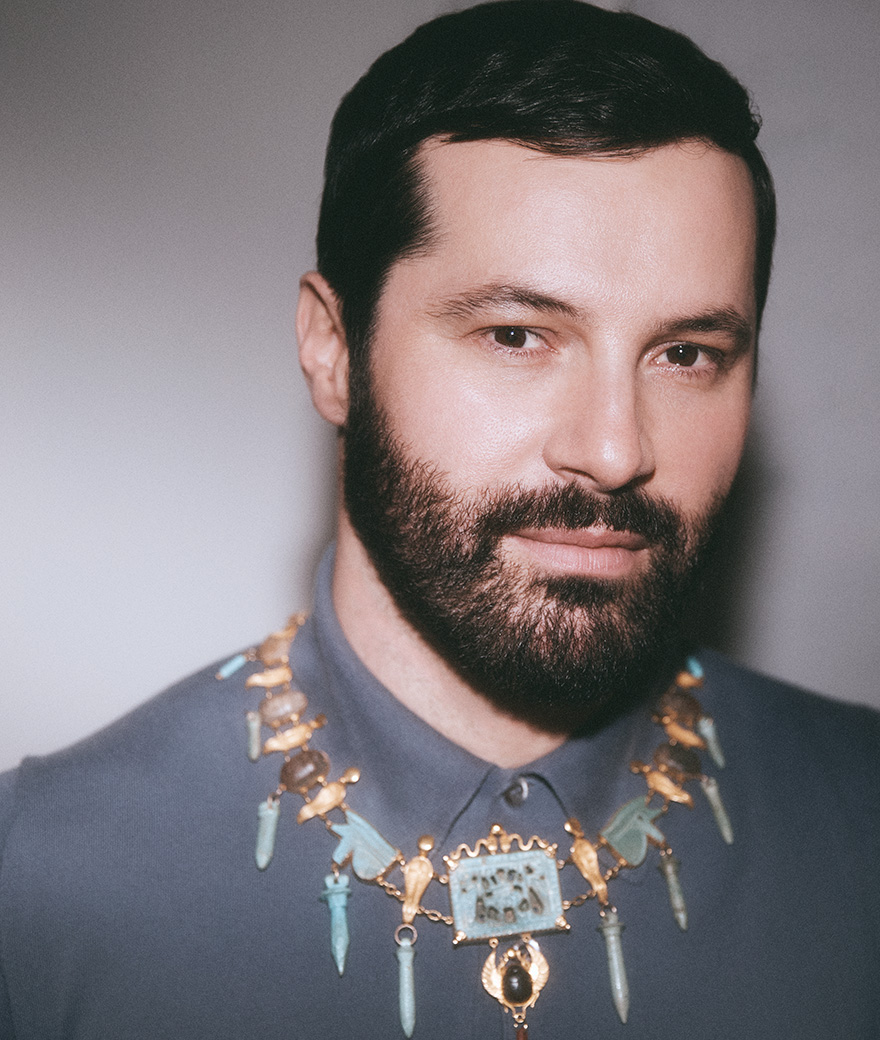A talk with Maria Cristina Didero
Photography by Piergiorgio Sorgetti
How did your passion for design begun and develop?
I have a things for strange and unusual objects since I was a child. I was curious about how they were made and I liked to use them in different ways, other than that they were created for.
I have a degree in Literature and Philosophy, specifically in history of the Soviet Union, and I started to work in the world of design after attending the University of Bologna. I think that my humanistic education influenced my personal approach a lot: as much as I love objects, people and knowing about them are fundamental for me. I like to understand how and why a project is realised, what are its origins and inspirations, the voice of the person who thought about it and created it. Also, I like that design is a collective work.
You work as a design curator, consultant and author on an international level. Among these roles, is there one that you feel particularly attached to or related the most?
At first sight, they look like slightly distant worlds, but it is actually the opposite. I like the world curator because it recalls the idea of taking care, looking after something, creating and giving a direction. I think that the curator should walk two steps behind the designer, who is the actual star – just like prince Philip used to do with Queen Elizabeth. But I am also convinced that the best ideas come from dialogue and confrontation, which are possible only when there’s more than one brain in the same room.
How would you describe you personal approach?
As I anticipated, the humanistic education brought me to develop a holistic approach, paying attention first to the people and then to objects. With my exhibitions, I always try to tell histories about us humans through objects: the relationship with religion through the work by Lebanese Carlo Massoud, that with sustainability with the vegan design by Erez Nevi Pana, design and interpersonal relationships with Friends&Design.
Design is a unique and marvelous force, capable of changing our lives. It exists to improve and optimize our resources. Design means thought, it means that a project was imagined and realised according to a specific mental and factual process. We can’t speak about magic because everything is studied in detail, but it has to be intriguing. I know famous designers, who have been working in the field for a long time, that get excited when they create something new, and I also know people who get excited in front of an object they didn’t know.
I like to understand how and why a project is realised, what are its origins and inspirations, the voice of the person who thought about it and created it. Also, I like that design is a collective work.
This year, you’ve been appointed as curator of Design Miami/. On the occasion of this edition, the fair will take place in Basilea, Miami and, for the first time, in Paris. What does the theme of the fair, Golden Age, represent and how has it been developed?
This is the first time that Design Miami/ decides to keep the same theme for more than one edition. Of course, the golden age I speaks about is a wish, a desire, a direction towards which we should all go. We thought about this theme the last autumn, as an answer to the pandemic and restrictions, when we were trying to overcome a long and articulated time of overwhelming events which severely debilitated us.
Undoubtedly, the tomorrow is a subject of great interest. Ten days after the fair in Basilea, I will inaugurate an exhibition at the Museum of Applied Arts in Hamburg, Germany, titled “Ask Me If I Believe In The Future”. Four design studios gave positive answers to this question: the venetian duo Zaven, New York-based Objects of Common Interest, Erez Nevi Pana from Israel and the Swiss Caroline Niebling. It’s an easy question that a lot of people asked themselves, not only because of the pandemic. As for me, I have two daughters of 7 months, so my answer is: of course, I believe in the future!
Among all the featured sections, is there one that you consider particularly significative? Why?
After having introduced it ai Miami and Shangai, we present Podium in Basilea for the first time: a curated exhibition about the theme of the fair. Since it’s such a wide subject that can be interpreted in different ways, we asked gallerists to work together and propose some objects that could well represent it, in their opinion. We are very happy with what they brought. Teamwork is always a powerful tool.
What role does the digital experience play within Design Miami/ 2022? What are your thoughts on this new method of participation which, also due to the pandemic, gained ever more importance in the reality of fairs?
The just mentioned exhibition, The Golden Age, can be seen also online. Furthermore, Design Miami/ has an effective and exhaustive e-shop featuring topics, products and insights. After two years during which our proximity with the digital dimension has significantly increased, I think it is a precious resource. During the lockdown, it has been helpful not only for the economies, but also to share emotions and, sometimes, it helped resolving extreme situations. It’s one more tool at our complete disposal, even though I think that life is outside, in direct contact with people.
How did you discover Mutina? What do you like the most about the company?
Mutina is a major company that works with designers I admire so much. The first contact was several years ago, due to personal reasons: I was looking for a high-quality product, reflecting my sensibility, for the kitchen of my country house…
What’s your favourite Mutina collection? Why?
This is a difficult question, because there are several collections that I find so beautiful. If I really have to choose only one of them, then it’s Phenomenon by Tokujin Yoshioka – who is a friend and a great professional of this field. His brilliance of rare elegance and the simplicity studied in detail are an international excellence.
How would you use it?
I’d use this texture to cover my whole terrace, the floor and the external wall.
Design is a unique and marvelous force, capable of changing our lives. It exists to improve and optimize our resources.

